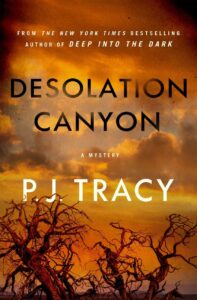You can’t explore the sociology of California without encountering cults. It has long been associated with them, and has produced a formidable roster; but many, including Jim Jones’ notorious Peoples Temple, originated elsewhere and relocated. Likely for the same reasons a lot of average people do: great weather, an ethos receptive to new ideas, and access to Hollywood and money if you play your cards right. Cults like Children of God, Heaven’s Gate, the Manson “Family”, NXIVM, Unarius Academy of Science, and depending on who you talk to, Scientology, have called California home. And they’ve all left indelible, if not ignominious impressions on the collective conscience. However, the Golden State is not the fountainhead of cults—far from it. They have existed for centuries in every society around the globe, but in the modern era, one thing is certain: the corollary of the most malevolent of them is death, whether in the form of mass murder or mass suicide.
Cults are based on a predatory model, and all of them are led by a charismatic who targets a susceptible population and exploits them. They offer a sense of belonging while making tantalizing promises carefully tailored to appeal to the psychological disposition of the audience. The end game is far from benevolent—their followers are a vehicle for self-enrichment; a way to satisfy their own desires: money, fame, sex, power, control, or all of the above. Tactics such as brainwashing and mass hypnosis assisted by drugs are employed. The ideologies behind cults are diverse, but the methodology is the same. It matters little if the motivation of the leader is rooted in a genuine Messianic complex or pure greed—the results are predictably tragic. They steal minds and hearts and souls, and destroy lives.
I have long been fascinated by this phenomenon, which is why I incorporated it into Desolation Canyon. I’d never written about the topic before, and the California location of the Margaret Nolan series was a perfect opportunity to delve into a different kind of villainy. I’ve read volumes of material on the subject over the years, both fiction and non-fiction, and below is a round-up of some excellent books that will take you into the frightening world of cults, real and imagined.

Everything is Lies by Helen Callaghan
A gripping piece of fiction about a young woman who discovers her murdered mother was involved in a cult during her university years. A hidden manuscript sends her on a quest to uncover the identity of the killer and the truth about the past, and the novel ultimately concludes in a couple of shocking reveals I didn’t see coming. And I usually see things coming.

The First Horseman by John Case
Another fiction thriller about ecoterrorists led by a fanatic with Malthusian leanings. Written in 1998, it is eerily prescient, as the core of the story revolves around the revival of a deadly global pandemic.
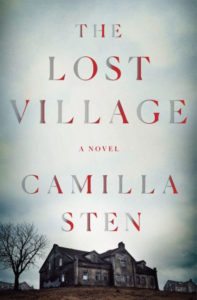
The Lost Village by Camilla Sten
In the past, the remote, Swedish town of Silvertjarn falls under the terrifying spell of a pastor named Matthias, which brings tragedy and disaster. When the book opens in the present, a documentary filmmaker is in the town with her crew, determined to uncover the truth behind the disappearance of an entire town. But soon after their arrival, strange, sinister things begin happening and the past doesn’t seem so distant.
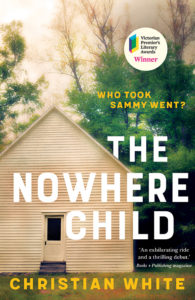
The Nowhere Child by Christian White
If journalist A.J. Jacobs is to be believed, there are still Christian communities where venomous snakes are still part of the service. It is from one of the more extreme versions of these communities that the book’s protagonist escaped when she was two. Her need to discover exactly what happened, and find out who her mysterious benefactor was, bring her back to the town in rural Kentucky where she sees for herself how pervasive a grip the church has on the people living there.
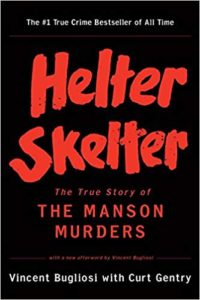
Helter Skelter by Vincent Bugliosi with Curt Gentry
A classic, and a chilling look at the horrific Manson murders from the point of view of prosecuting attorney Vincent Bugliosi. The story is just as disturbing as it was in 1969. Charles Manson just wanted to be a rock star, but his lack of talent thwarted his egomaniacal dreams. We all know his burning desire for fame did ultimately come true, for all the wrong reasons. It makes you wonder how history would have been rewritten if he hadn’t failed as a musician, or if his insanity would have ultimately led him down the same evil path. It also makes you look at your favorite rock bands a little differently.
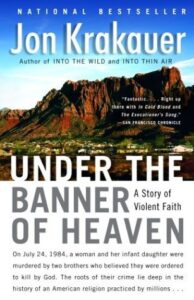
Under the Banner of Heaven: A Story of Violent Faith by Jon Krakauer
Krakauer explores isolated Mormon Fundamentalist communities, and the bone-chilling double murder of a woman and her infant daughter in the name of God. Peerless investigative journalism.

True Believer: Thoughts on the Nature of Mass Movements by Eric Hoffer
Published in 1951, social philosopher Eric Hoffer presents a cyclical history of mass movements and their similarities while discussing the individual sense of identity and ideals that can lead to extremism and fanaticism in both leaders and adherents. Equally lauded and criticized, it remains a comprehensive insight into the manipulation of the psyche, whether rooted in ideology, culture, politics, or religion.
***


